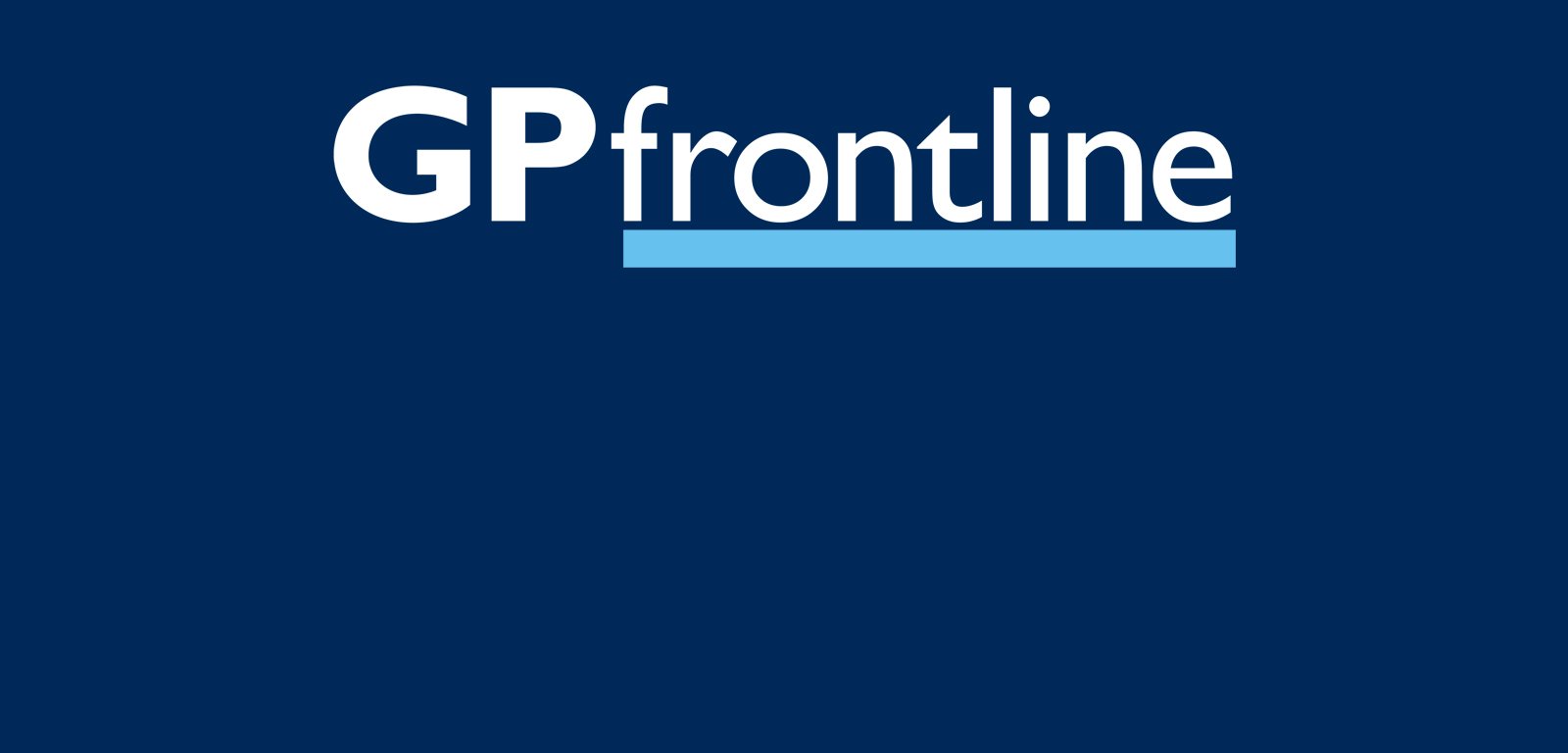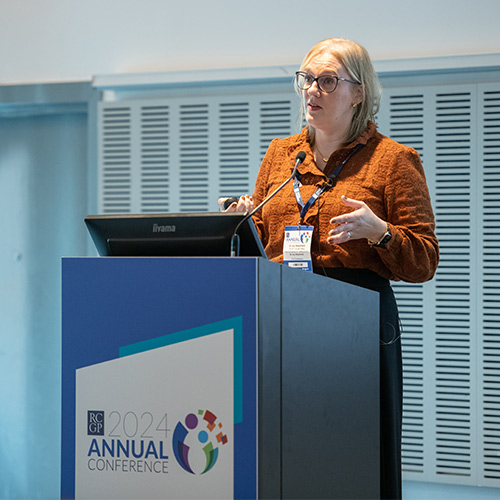

GPs should now be “better equipped” to respond to safeguarding concerns with the new standards that have been put in place, the RCGP lead for the guidance has said.
Dr Joy Shacklock, a GP in North Yorkshire and RCGP Clinical Policy Representative for Safeguarding said she has received lots of positive feedback since the standards were launched in October with other organisations now considering a similar approach.
The goal was to move away from a set number of hours of safeguarding training towards standards that would be relevant to the whole general practice team but that also encouraged users to think about how it applied to their work, she explains.
To “start from scratch” and develop standards specifically for general practice and the context staff are working in was quite an undertaking but it was also exciting to be able to build something that would be of use to both GPs and general practice staff which also focused on the needs and voice of victims and survivors of abuse.
“We spent a long time talking to lots of different people and at one point we said this must be the most widely consulted document that we’ve done because we worked with the CQC, NHS England, the GMC and the four nations to understand what their needs are,” Dr Shacklock says.
“It was also important to speak to appraisal leads to tie it the standards in with continuing professional development.”
The result is a requirement for GPs to demonstrate reflection and learning rather than just reading a set of guidelines. “Safeguarding training had become a bit of a tick box because it was a three-yearly thing and we wanted to move away from that and embed learning into day-to-day practice.”
Knowing the significant and sustained pressure staff are under, the team developing the standards were also mindful of the welfare and wellbeing of staff. With acknowledgement that safeguarding agency partners are also under similar pressures.
There are different levels of the standards depending on what staff need to know. “The practice manager part which has competencies around safe culture, safe recruitment, and managing allegations against staff, has been particularly well received,” she notes.
“We have had lots of very positive feedback about the standards and we’re continuing to raise awareness of them. We have done webinars and GPs we have spoken to have definitely welcomed the move from hours-based learning to reflective practice,” says Dr Shacklock.
Yet there is no point having safeguarding standards if that doesn’t make a difference to patients. With this in mind, the team did a huge amount of research with experts as well as learning from important national reviews such as the Independent Inquiry into Child Sexual Abuse published in 2022. They also worked with the Centre of Expertise on Child Sexual Abuse to produce resources.
“One of the key resources in the toolkit that was developed alongside the standards is about how to talk about child sexual abuse. Frontline professionals across all agencies can find it a scary thing to bring up and people worry about getting it wrong. We want to give GPs the confidence to have these conversations.”
Those working in the domestic abuse sector will say that while GPs are trusted professionals, there are those who are presenting with lots of signs of abuse that no-one has ever asked about or picked up on, she continues. “It is hard, and it is a continual journey,” says Dr Shacklock.
The team was keen to align the safeguarding standards to the skills GPs already have and use every day. “This is about professional curiosity, listening and empathy. We wanted GPs to look at the standards and think this is all part of being a GP, this is doable.”
It is clear whenever there are safeguarding reviews that happen whenever a child or adult dies or is seriously injured because of abuse and neglect, the same issues are repeated. These include lack of professional curiosity, not understanding how to assess mental capacity in complex situations, and lack of information sharing, Dr Shacklock notes.
The five areas of the standards, which align with five areas of the associated toolkit, were developed in detail in a process that took months because, for example on information sharing, it can be incredibly legally complex, and the ambition was to make it as simple as possible while remaining accurate.
“What we have tried to do is break down barriers around safeguarding and actually empower people so they can do this. It is about knowing what good communication looks like, how to make a referral and what information is relevant. We have a specific area of expertise as a GP and the police or social services bring something different and it is about understanding that,” she says.
“We don’t investigate abuse but identifying and responding to types of abuse is really important, because lots of victims come through general practice, and then we support those patients’ health needs in the long term.”
Thank you for your feedback. Your response will help improve this page.
